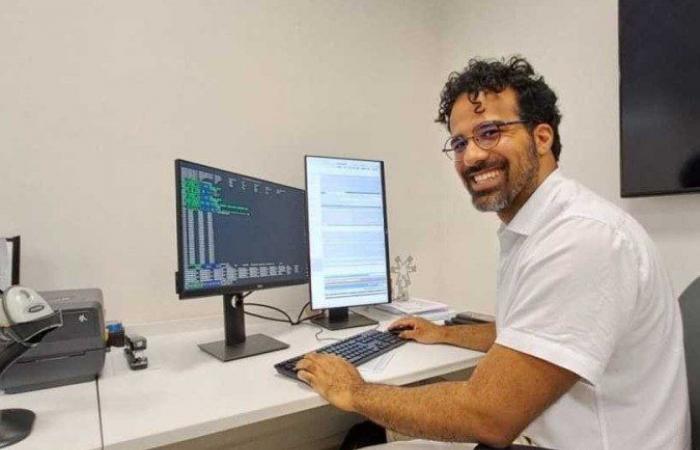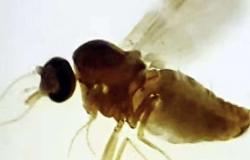posted on 03/24/2024 06:00
Anderson Coqueiro has been a bioinformatician for three years at Sabin – (credit: Personal archive)
int(11)
The bioinformatician solves biological problems by sequencing genetic materials, such as RNA, DNA and other proteins from living beings, using technological instruments. This professional can work both in areas linked to agriculture, with biological components of soil, and in the health sector, analyzing genetic materials from human beings to discover treatments for diseases.
The profession is recent: it was created in the 2000s, with the emergence of the possibility of sequencing the human genome by computers. At the time, the method was expensive, due to the lower capacity of the technologies, but nowadays, the procedure has become popular.
In Brazil, the profession was restricted to the academic environment, but it gained prominence in the last five years, leveraged by its role during the covid-19 pandemic, when there was the dissemination of virus detection tests, such as the well-known PCR, or Reaction in Polymerase Chain. From then on, the market began to see the need to hire these professionals.
Bruno Russo, account manager in Latin America and the Caribbean at Corning, a company that manufactures glass for industrial and scientific applications, states that “Most issues linked to public health are treated separately, but the covid-19 pandemic was an atypical moment , which required the collaboration of several professionals in the field. However, the profession remains relevant because there will always be new diseases to be treated.”
The bioinformatician sees a growing trend in opportunities in the country, especially for those hired in the private sector. “Those who are involved in academic research welcome the opportunity to also work in companies, and the more this happens, the more the profession becomes valued,” he says.
Anderson Coqueiro, 32 years old, has been a bioinformatics scientist for three years at Sabin, after working for eight years as a researcher, and notices differences in the profession between the two environments. “What made me leave academia was the fact that I could solve real health problems and quickly deliver, through exams, an answer that could help a family, for example. The academic area has a different rhythm and does not allow results are published like this”, he says.
Challenges
The bioinformatician’s salary will vary according to the professional’s academic training: with a completed degree, earnings are around R$2,000. With a master’s degree, this amount increases to R$4,000 and, with the completion of a doctorate in the area, it can reach R$8,000 per month.
Bruno Russo: “There will always be illnesses to be treated”
(photo: Disclosure)
However, Bruno comments that, because the budget allocated to research has been suffering significant cuts in the country, many students trained in the area are unable to enter the market. “Universities have always suffered from neglect, and investment in research is even lower. Postgraduate scholarships are very low and few are able to support themselves in the academic field, which is why they often don’t even work in the area they study”, regrets.
In this context, Anderson adds other challenges related to working with bioinformatics in Brazil: “Purchasing materials, including reagents, are expensive. The computational part is also a problem, because many laboratories do not have computational technology, that is, the capacity to run the most advanced programs that the job requires.”
*Intern under the supervision of Priscila Crispi
Tags: discover profession popular pandemic
--






